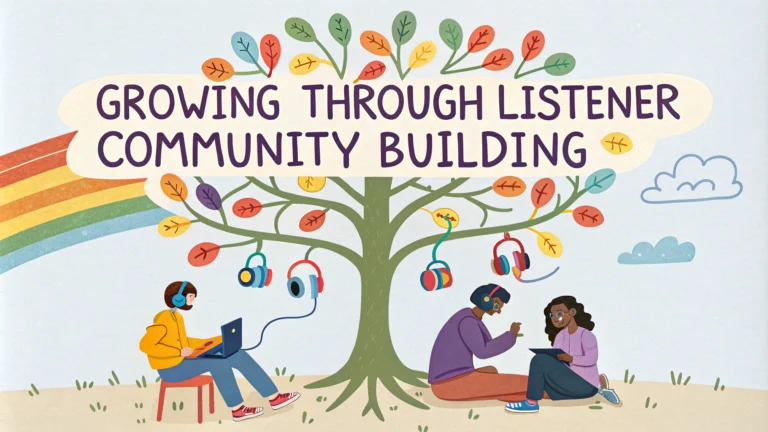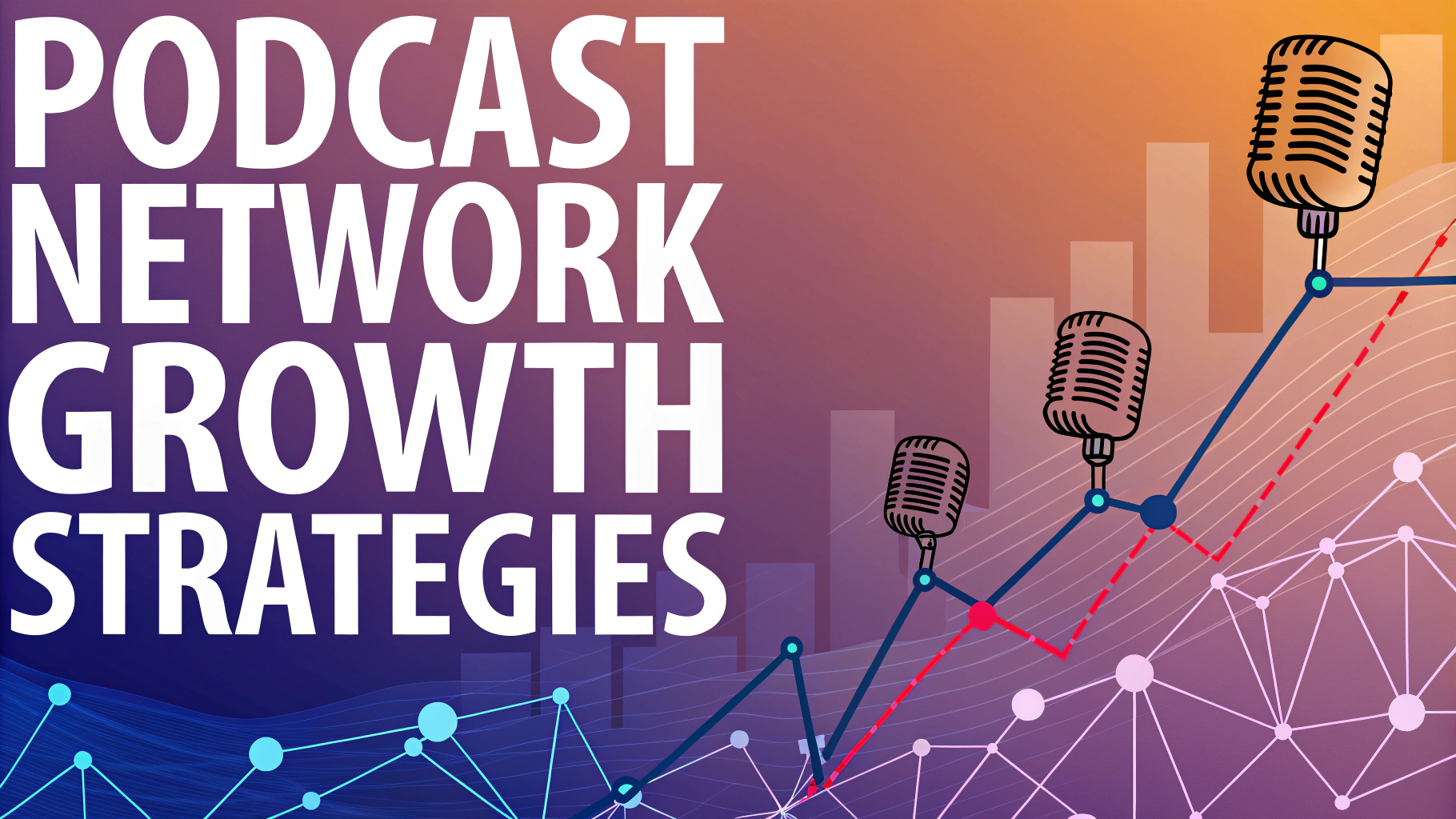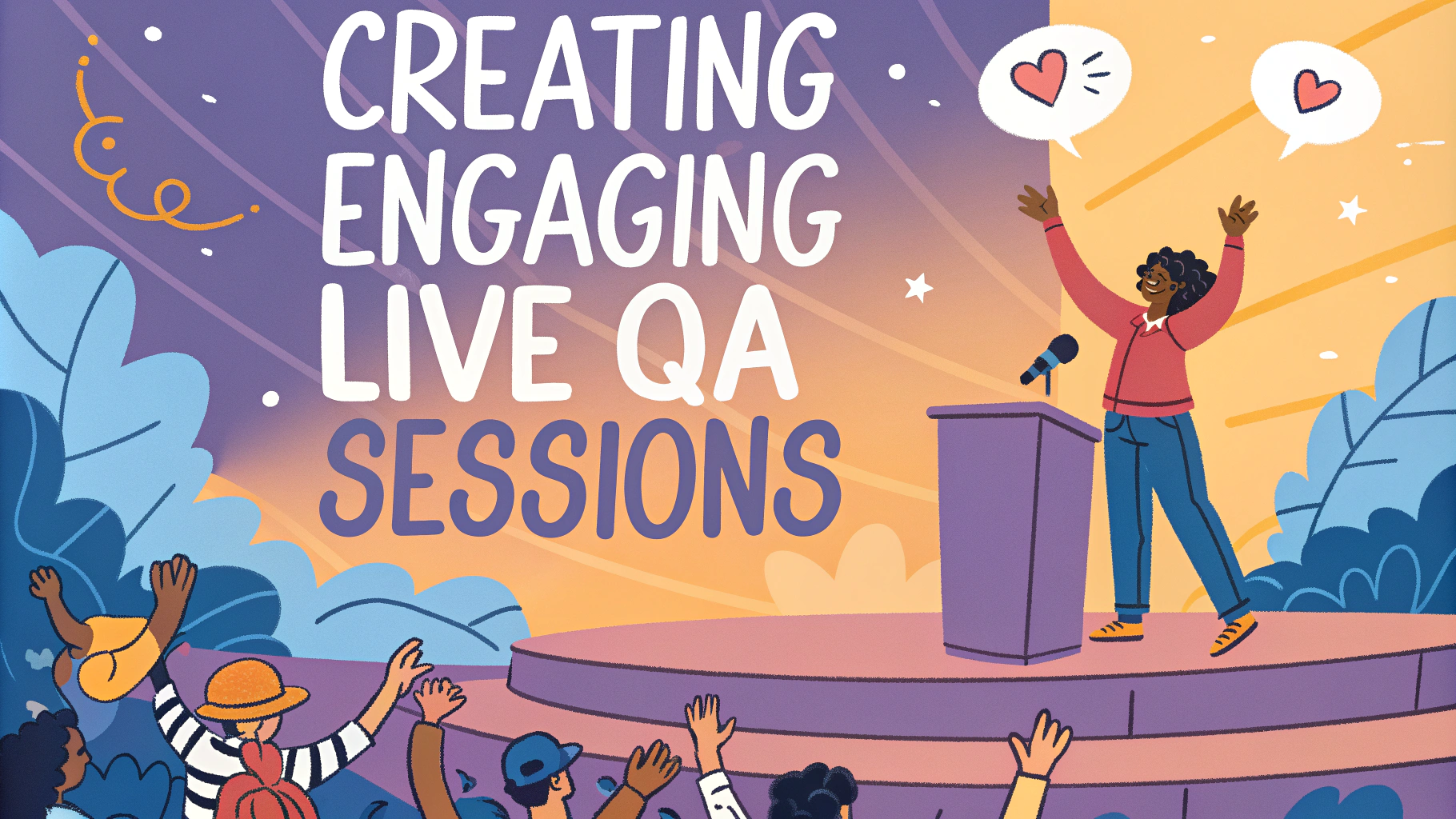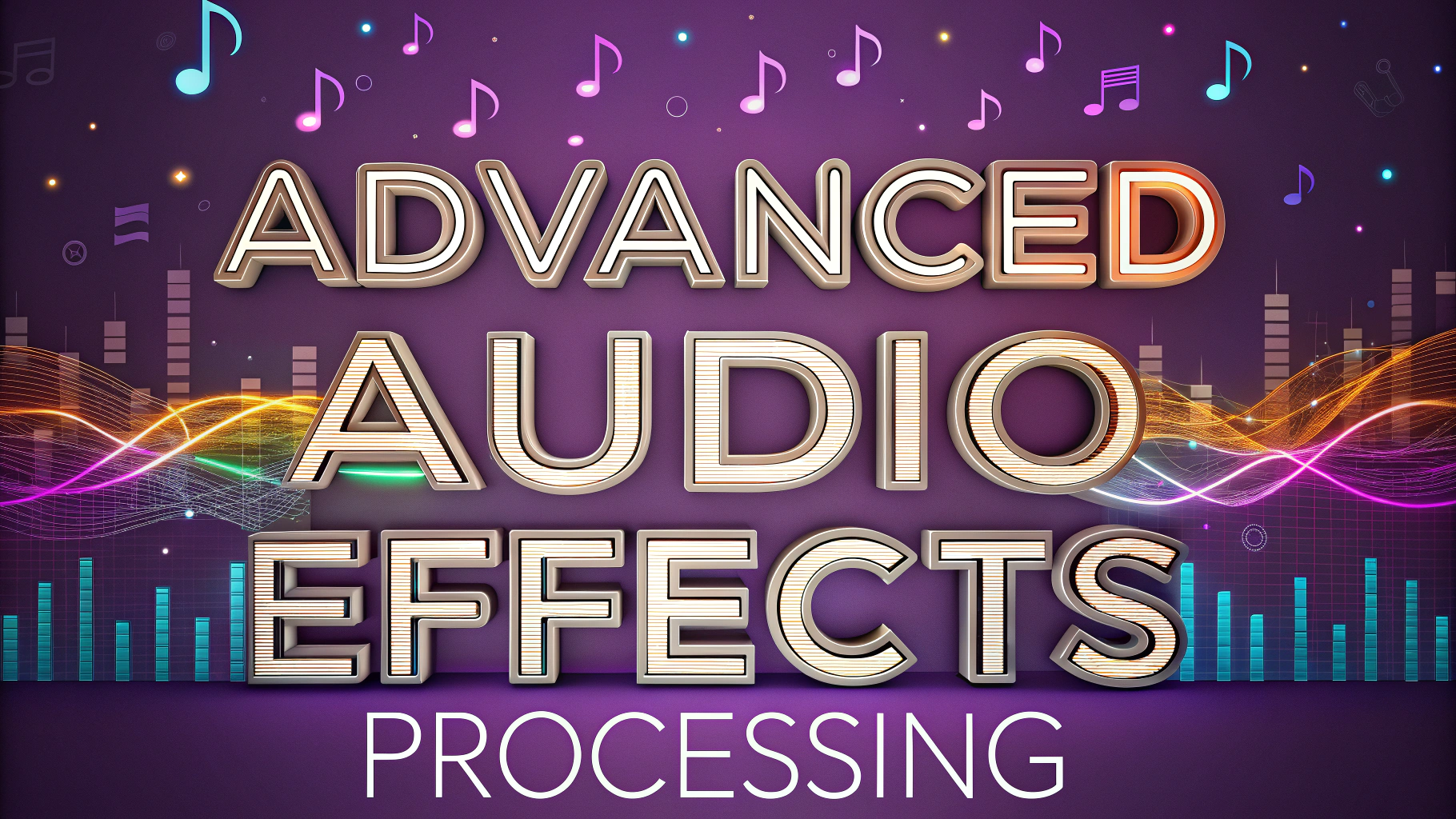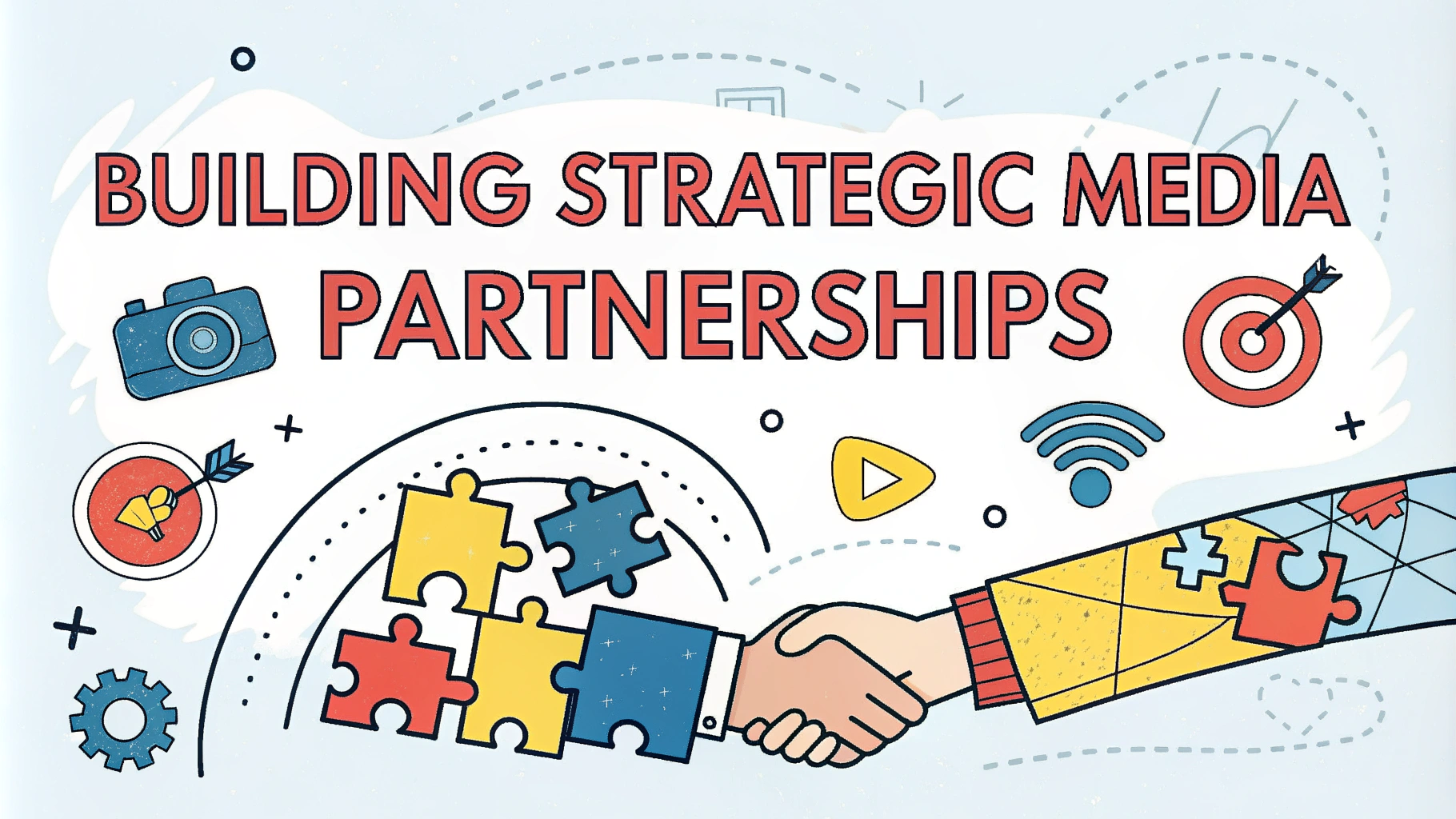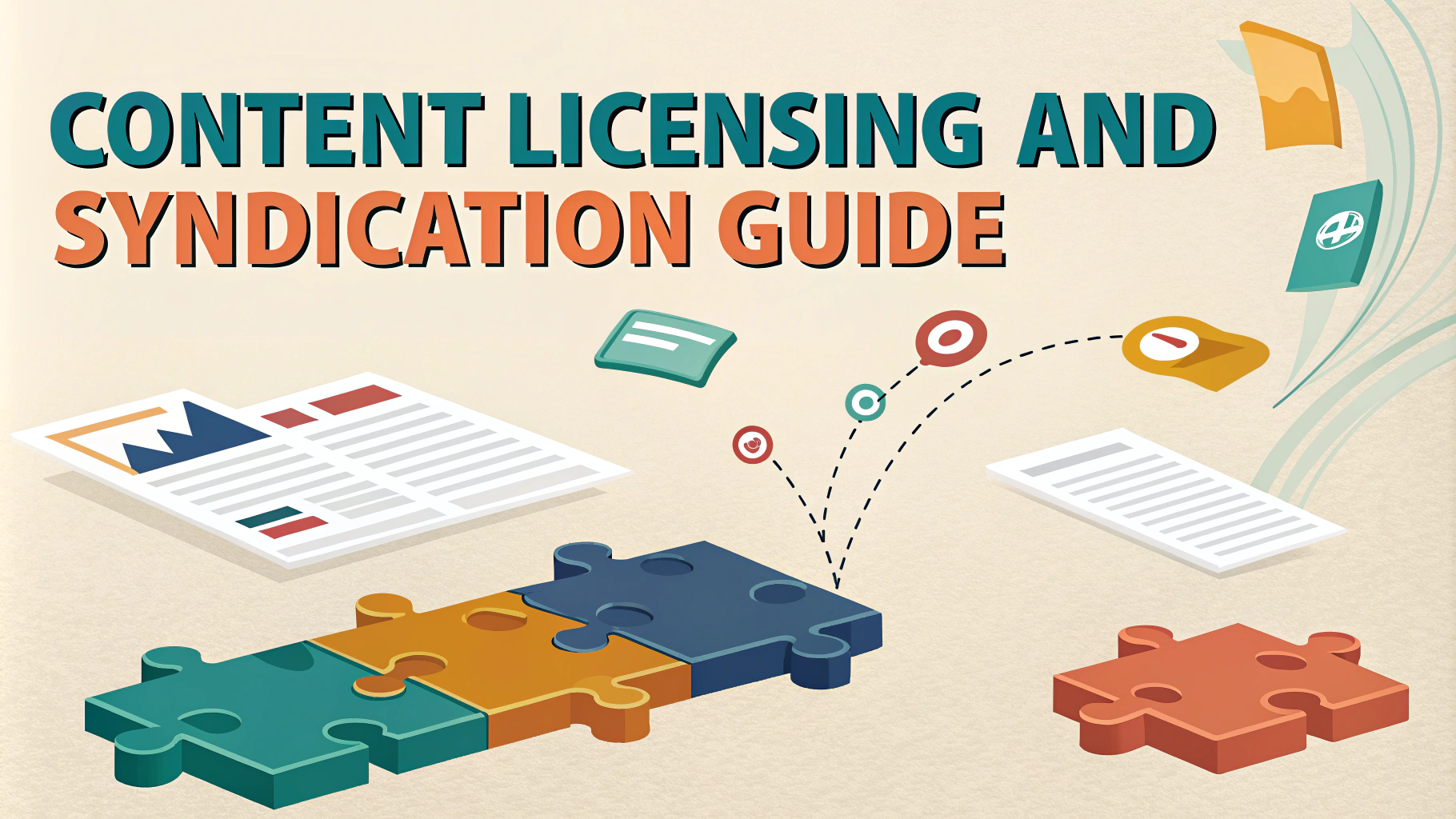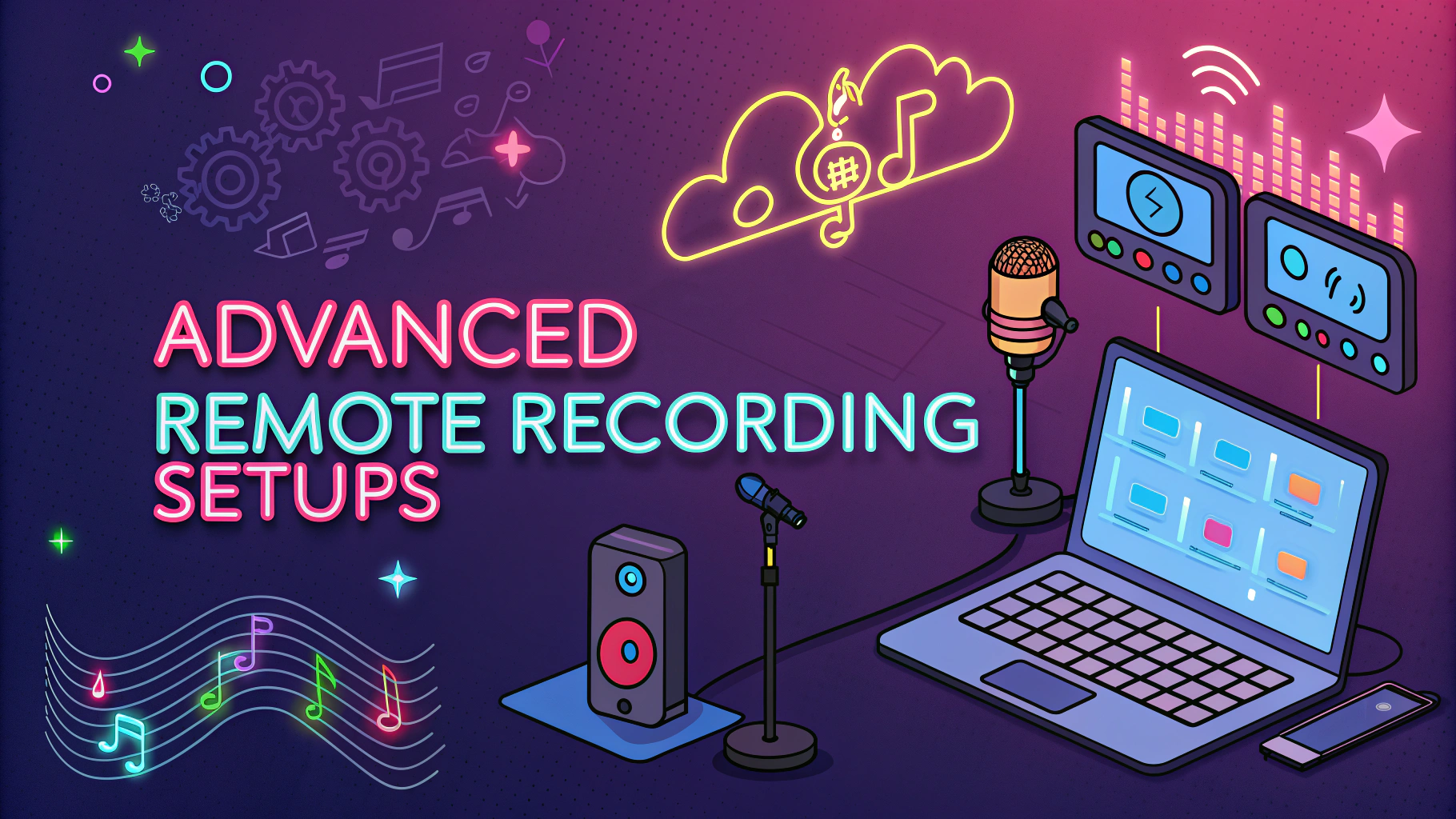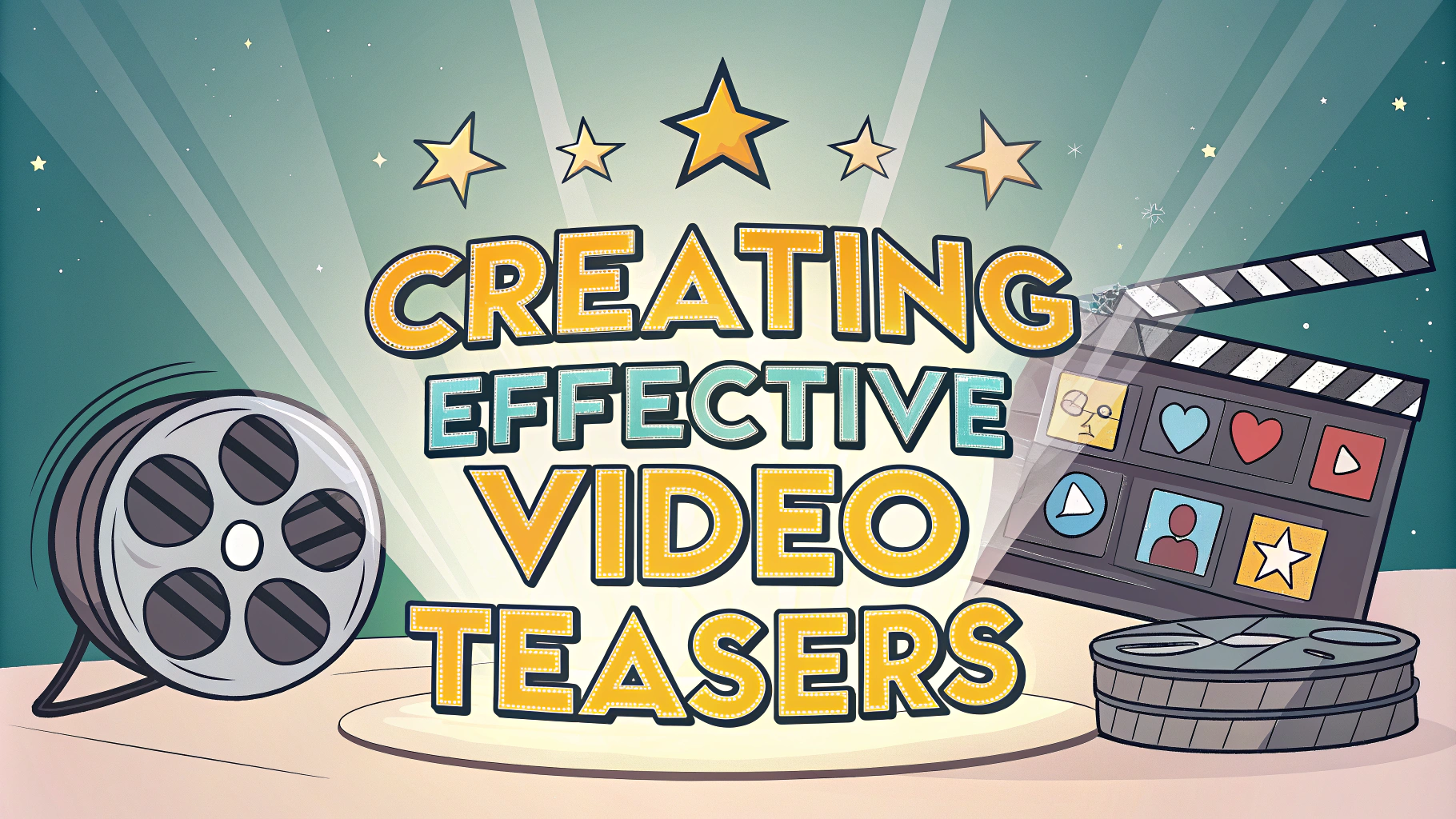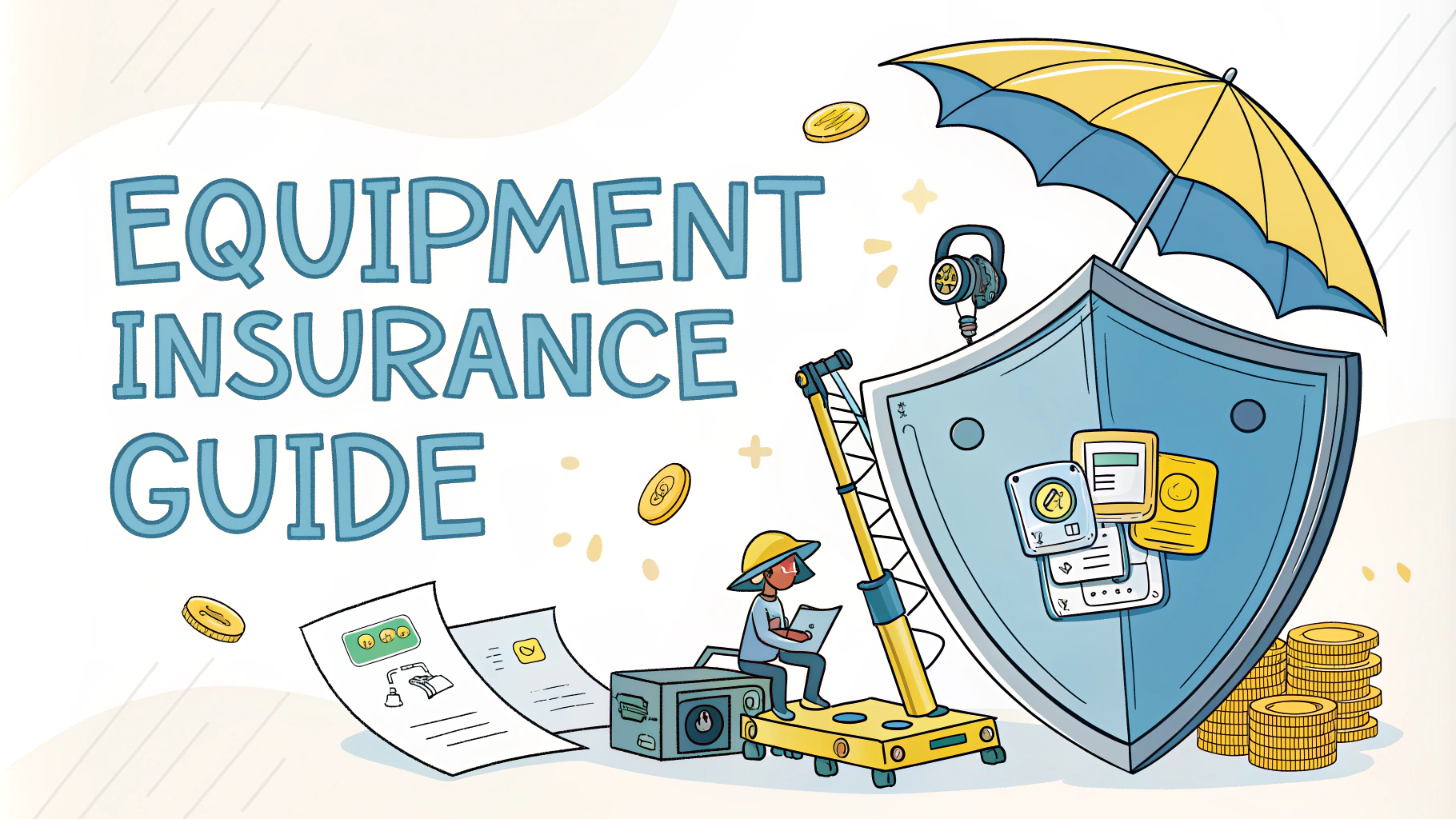A thriving listener community creates deeper connections, increases engagement, and builds lasting loyalty for your podcast.
Building a dedicated community takes consistent effort, smart strategies, and genuine interactions that make listeners feel valued and heard.
This guide shares proven methods to grow and nurture an engaged podcast community that supports your show’s long-term success.
Creating Connection Points for Listeners
Set up dedicated social media channels where listeners can interact with you and each other.
- Facebook Groups for deeper discussions
- Discord servers for real-time chat
- Twitter/X for quick updates and engagement
- Instagram for behind-the-scenes content
Engaging Your Community Effectively
Ask thought-provoking questions during episodes that encourage listeners to share their perspectives.
- Create episode-specific hashtags
- Run polls about future content
- Share listener stories and feedback
- Host live Q&A sessions
Developing Community-Focused Content
Include listener questions, stories, and suggestions in your episodes.
- Monthly listener spotlight segments
- Community challenge episodes
- User-generated content features
- Success story showcases
Building Exclusive Community Benefits
Create special perks that reward active community members.
- Early access to episodes
- Private Discord channels
- Monthly virtual meetups
- Exclusive bonus content
Measuring Community Growth
| Metric | What to Track |
|---|---|
| Engagement Rate | Comments, shares, likes per post |
| Community Size | Member growth rate monthly |
| Activity Levels | Daily active users, post frequency |
| Response Time | Average reply time to member posts |
Moderating Your Community
Establish clear community guidelines to maintain a positive environment.
- Appoint trusted moderators
- Create posting guidelines
- Address conflicts promptly
- Remove harmful content quickly
Tools for Community Management
- Circle – Professional community platform
- Mighty Networks – Custom community spaces
- Discord – Real-time chat and voice channels
- Facebook Groups – Traditional community building
Taking Your Community Forward
Regular community check-ins and feedback sessions help maintain momentum and guide future growth.
- Monthly community surveys
- Quarterly growth planning
- Annual community events
- Ongoing improvement initiatives
Scaling Community Impact
Transform engaged listeners into community advocates who help grow your podcast organically.
- Ambassador programs
- Referral rewards systems
- Community-led initiatives
- Collaborative projects
Creating Memorable Community Events
Organize both virtual and in-person events to strengthen community bonds.
- Annual listener meetups
- Virtual watch parties
- Community workshops
- Regional gatherings
Leveraging Community Feedback
Use community insights to improve your podcast and community experience.
- Regular feedback rounds
- Feature request systems
- Content improvement suggestions
- Community satisfaction surveys
Building Your Community Team
Develop a dedicated team to manage and grow your community effectively.
- Community managers
- Content moderators
- Social media coordinators
- Event organizers
Empowering Community Success
A thriving podcast community becomes a self-sustaining ecosystem that benefits both creators and listeners. Focus on authentic connections, consistent engagement, and valuable experiences to build a community that grows stronger with time.
- Foster genuine relationships
- Celebrate community wins
- Maintain consistent presence
- Adapt to community needs
FAQs
- What are the most effective ways to build a podcast listener community?
Create engaging social media presence, host live Q&A sessions, develop email newsletters, establish Facebook or Discord groups, and encourage listener interaction through call-ins or feedback segments. - How can I encourage listener engagement and participation?
Implement call-to-action segments, create discussion prompts, feature listener questions or stories, run contests, and respond to audience comments across platforms. - What platforms are best for building a podcast community?
Discord, Facebook Groups, Instagram, Twitter, Patreon, and dedicated podcast community platforms like Supercast or Circle. - How often should I interact with my podcast community?
Maintain daily social media presence, weekly community updates, and regular live interactions through Q&A sessions or virtual meetups at least monthly. - What type of content works best for community building beyond the podcast episodes?
Behind-the-scenes content, exclusive bonus episodes, early access releases, polls about future topics, user-generated content features, and community spotlight segments. - How can I measure the success of my podcast community?
Track engagement metrics, member growth rate, active participation numbers, comment frequency, sharing statistics, and community retention rates. - What are effective ways to moderate a growing podcast community?
Establish clear community guidelines, appoint reliable moderators, implement automated moderation tools, maintain consistent enforcement, and create escalation procedures for issues. - How can I monetize my podcast community without alienating members?
Offer tiered membership levels, exclusive content, merchandise, virtual events, sponsored community activities, and premium discussion access while maintaining value for free members. - What tools are essential for managing a podcast community?
Community management platforms, scheduling tools, analytics software, engagement tracking systems, and automated email marketing solutions. - How do I handle difficult community members or conflicts?
Develop clear policies, address issues privately, maintain professional communication, document incidents, and take appropriate action based on community guidelines.
